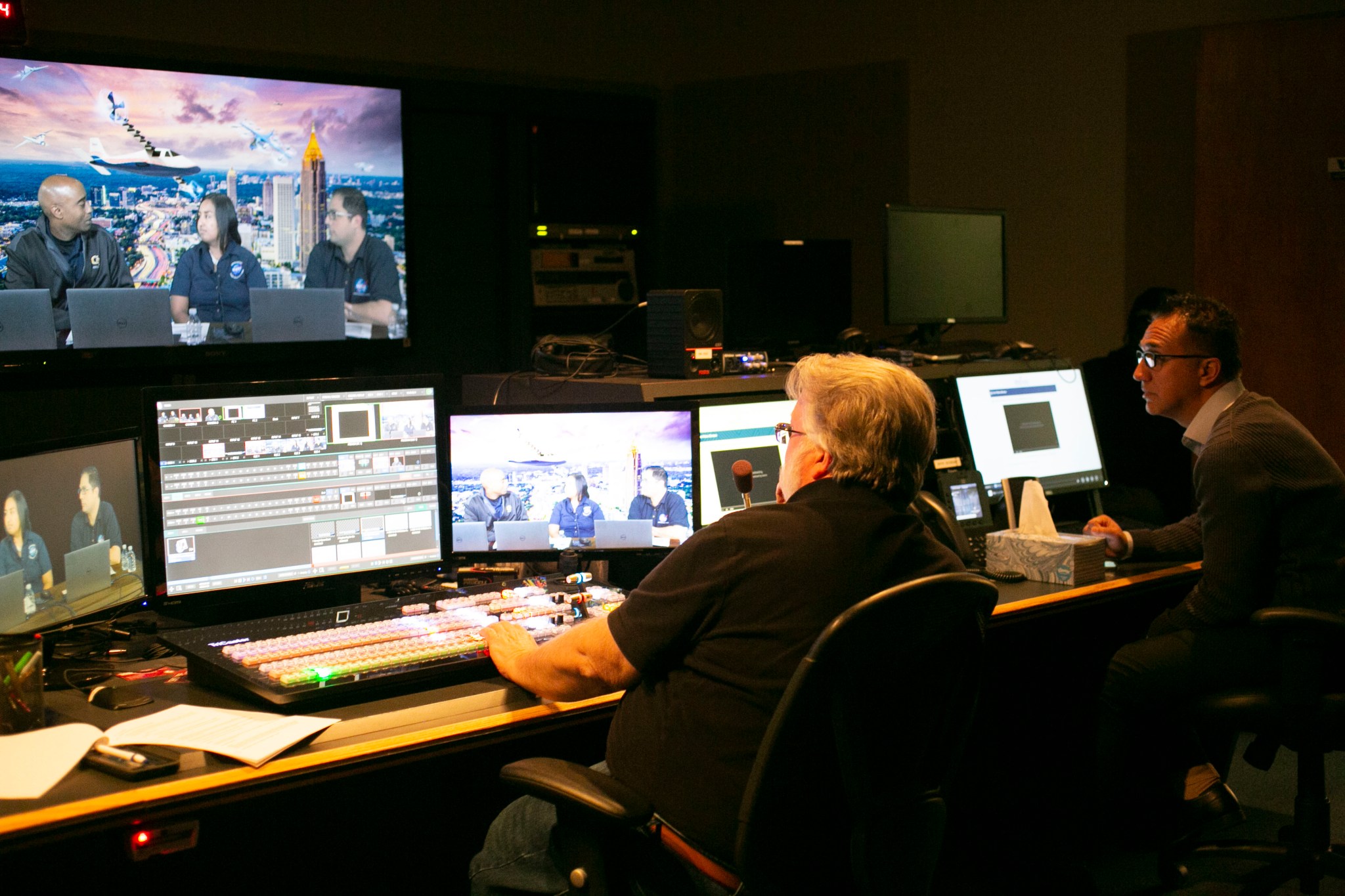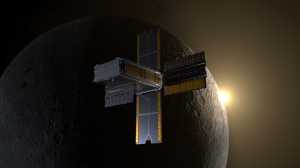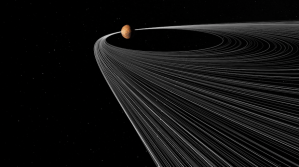During the fall of 2019, a trio of free webinars were presented by NASA’s Aeronautics Research Mission Directorate and the National Space Grant Program. They were produced by Old Dominion University at their studio in Norfolk, Virginia.
Each of the sessions featured conversations with NASA researchers who are working on key areas of interest that will help reinvent aviation for the rest of the 21st century. In addition to the technical aspects of their work, they also discussed their educational and career paths.
Students and faculty at universities in the United States and around the world watched the webinars live online and were able to ask questions of the participants.
The series of webinars included:
Quiet Supersonic Flight Over Land – Lowering the Boom
NASA’s work to enable commercial supersonic air travel over land through research using the X-59 Quiet SuperSonic Technology aircraft, now under construction in California, was discussed by NASA researchers Mary Stringer and Corey Diebler, both from NASA’s Langley Research Center in Virginia. Scott Tarry, director of the Nebraska Space Grant Consortium, moderated the session.
Safe Flight for Drones – Designing a System for Urban Air Mobility
NASA is partnering with industry and others to determine the best way to move forward with implementing Urban Air Mobility, a safe and efficient system for passenger and cargo air transportation using both piloted and autonomous drones. This potentially transformative capability was discussed by Jeff Homola from NASA’s Ames Research Center in California and Starr Ginn from NASA’s Armstrong Flight Research Center. Suzanne Smith, director of the Kentucky Space Grant Consortium, moderated the session.
Electrified Aircraft – Tackling the Challenges of Alternative Propulsion
NASA is continuing to explore the use of different ways to power the propulsion systems that move aircraft through the skies with the goal of making aviation more sustainable and lessening its impact on the environment. Chief among these ways is the use of electrified aircraft, especially as demonstrated by NASA’s X-57 Maxwell airplane. Claudia Herrera from NASA Armstrong and Dave Avanesian from NASA’s Glenn Research Center in Cleveland led this discussion, which was moderated by Steve Ruffin, director of the Georgia Space Grant Consortium.


































